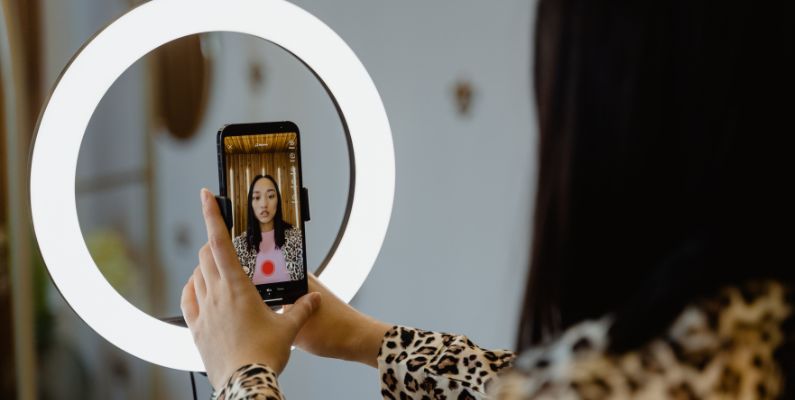
From Twitter to Facebook to Instagram to YouTube and TikTok, social media has the potential to be a powerful tool for improving oral health and increasing access to dental care. Unfortunately, it also has the very real potential of helping to spread less-than-accurate information from content creators with no medical or dental training that prioritize cost and esthetics over health. A quick survey of “#DIYdentistry” or “#dentalhack” is enough to validate the concern.
More than 20 million Americans have watched bogus dental videos on TikTok, according to the Oral Health Foundation. The majority of TikTok users (32 percent) are between the ages of 10 and 19. This is a young, impressionable and vulnerable age group at risk for permanent damage associated with these videos.
Whitening advice
Advocating the use of Mr. Clean Magic erasers to whiten teeth is a dangerous practice. The product contains formaldehyde. The ingredients are potentially hazardous to human health and can cause chemical burns and damage to the gums and teeth. Pouring full strength 3% hydrogen peroxide solution directly to teeth to whiten is also a dangerous practice. While hydrogen peroxide is an effective tooth whitening solution, more is not necessarily better. Recommended strengths should be a 10-30 percent dilution. Higher concentration solutions cause higher hypersensitivity and more damage to teeth. Rubbing banana skin on your teeth has not been shown to whiten teeth. Banana peels contain salicylic and citric acid which can demineralize enamel. Charcoal toothpastes are highly abrasive leading to loss of enamel and gums. Taking a shot of apple cider vinegar every day is very erosive to enamel. A person should use one of the effective, safe and inexpensive home whitening solutions on the market, rather than engage in the above practices.
Tooth alterations
Filing down uneven teeth with a nail file or Dremel tool while effective, is a dangerous and irreversible proposition. Once tooth structure is removed, it cannot be replaced. If too much enamel is removed, dentin exposure can occur resulting in thermal hypersensitivity. Filing teeth down to narrow pegs to fit poorly made, cheap veneers or crowns (usually from Instamorph beads) is also not a good practice. Suspicious materials, contours and occlusion on these alleged restorations will lead to further irreversible problems, even tooth loss. Furthermore, the glue-based products can cause pulpal irritation (root canal) or gingival loss. There are no safe glues for teeth, which is why dentists who know something about dentistry do not use glue. The use of rubber or elastic bands to move teeth to close a diastema (spaces) is not recommended. Should the elastic slip below the gum, it could result in infection and eventual tooth loss.
Swelling Prevention
The use of pineapple juice prior to 3rd molar exodontia is also suspicious. Pineapple juice does contain slight amounts of bromelain which has mild anti-inflammatory benefits. However, since many extraction procedures are done with sedation, the patient must have an empty stomach to prevent vomitous aspiration. Recommending drinking pineapple juice prior to extractions and anesthesia is not a good practice. You would need to drink copious quantities to trigger its anti-inflammatory benefits, and the side effects could include nausea and diarrhea. By the way, there is no evidence to support the notion that pineapple juice is an effective anti-inflammatory in third molar exodontia.
Conclusions
To conclude, there is no doubt that social media could be an invaluable tool in dentistry. However, content should be evaluated with great care since there is no vetting of the material from a scientific or even common-sense perspective. Expert opinion is the lowest form of evidence on the Yale Evidence Pyramid. Any advice should be scrutinized for efficacy and safety. If there is any doubt or concern with advice procured from social media, it may be wise to consult an expert on dentistry, like a dentist.